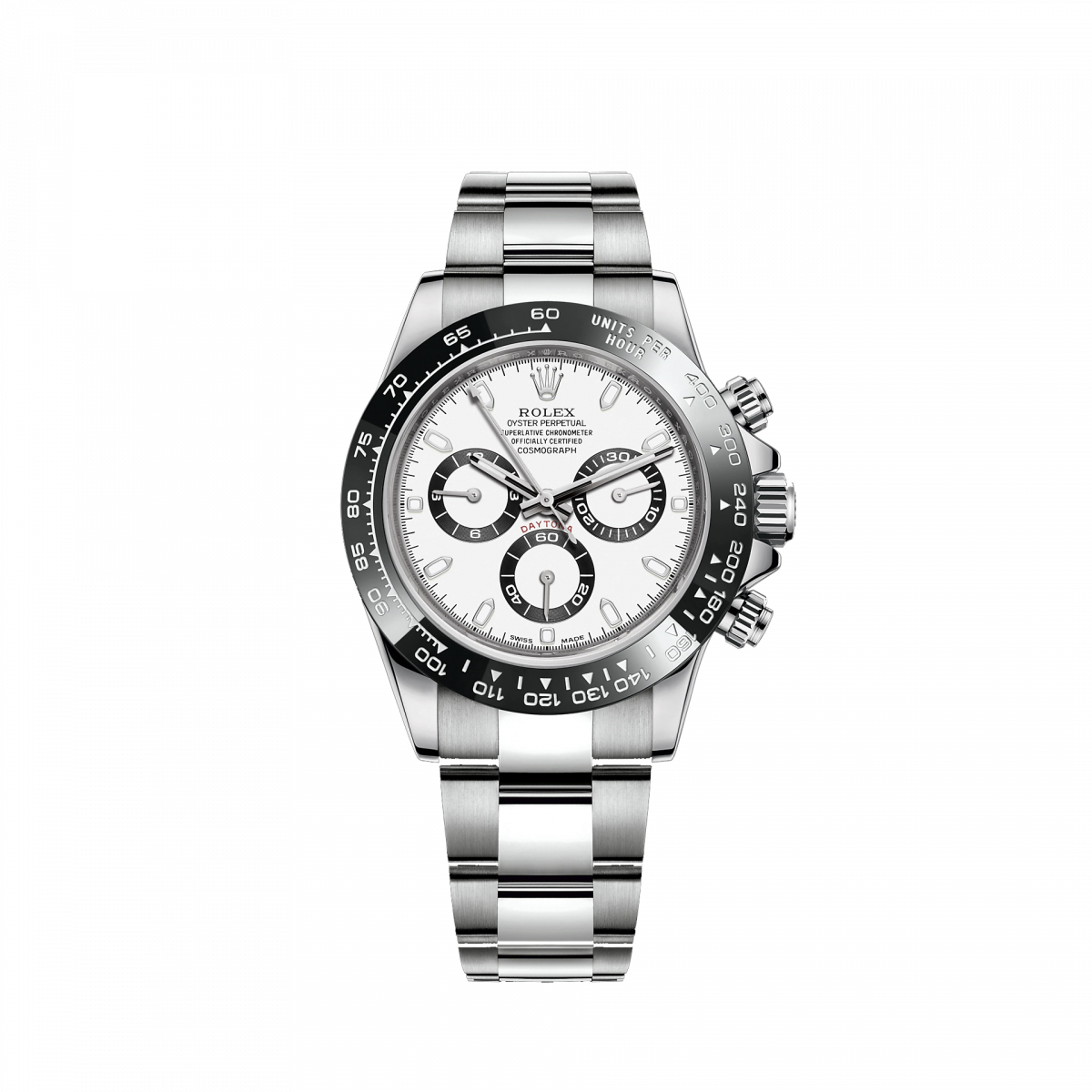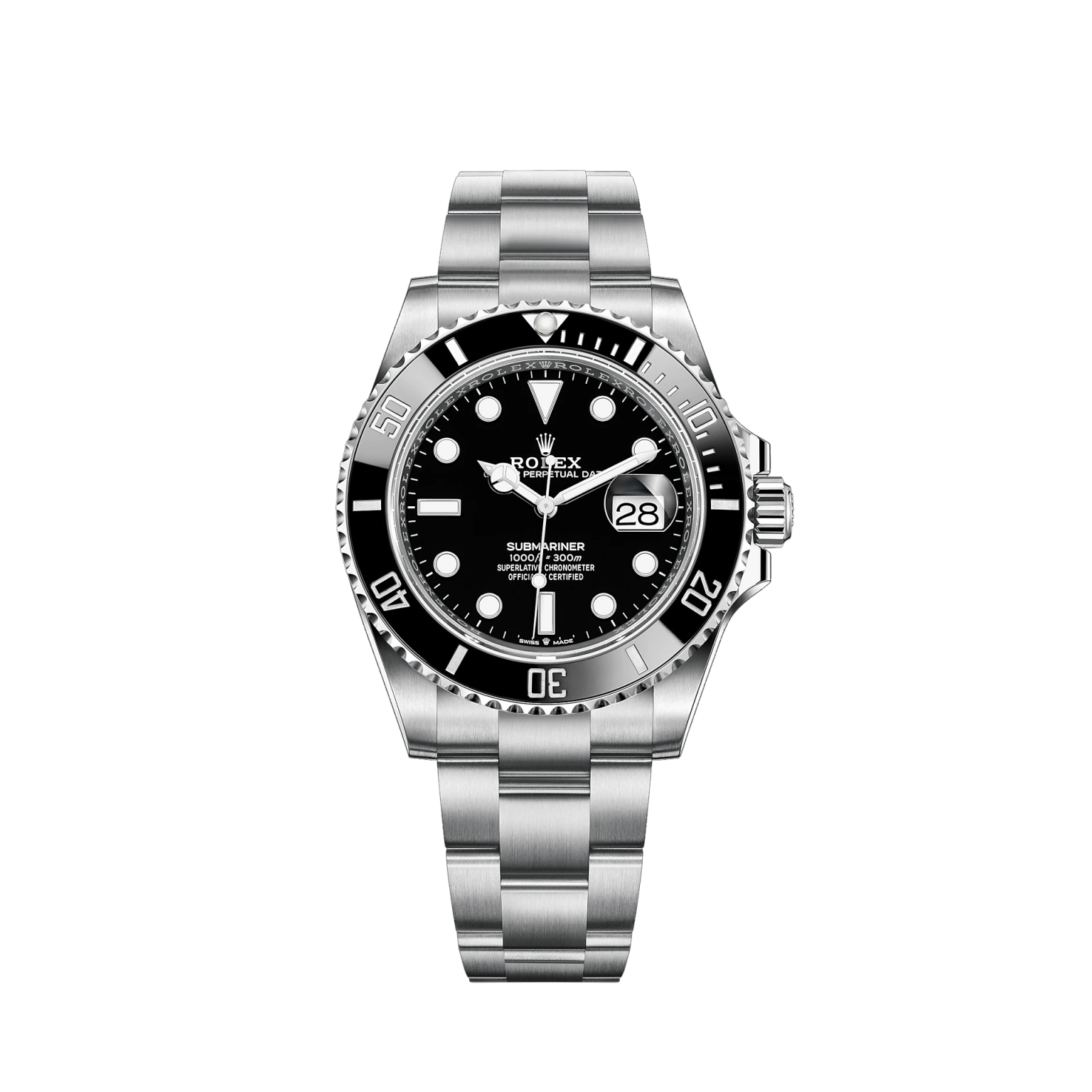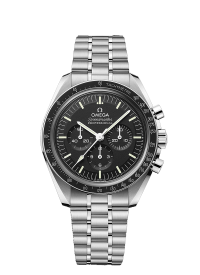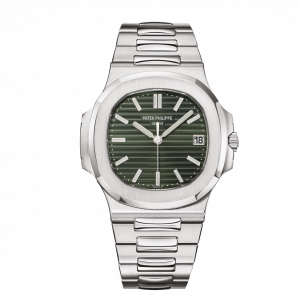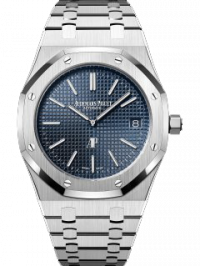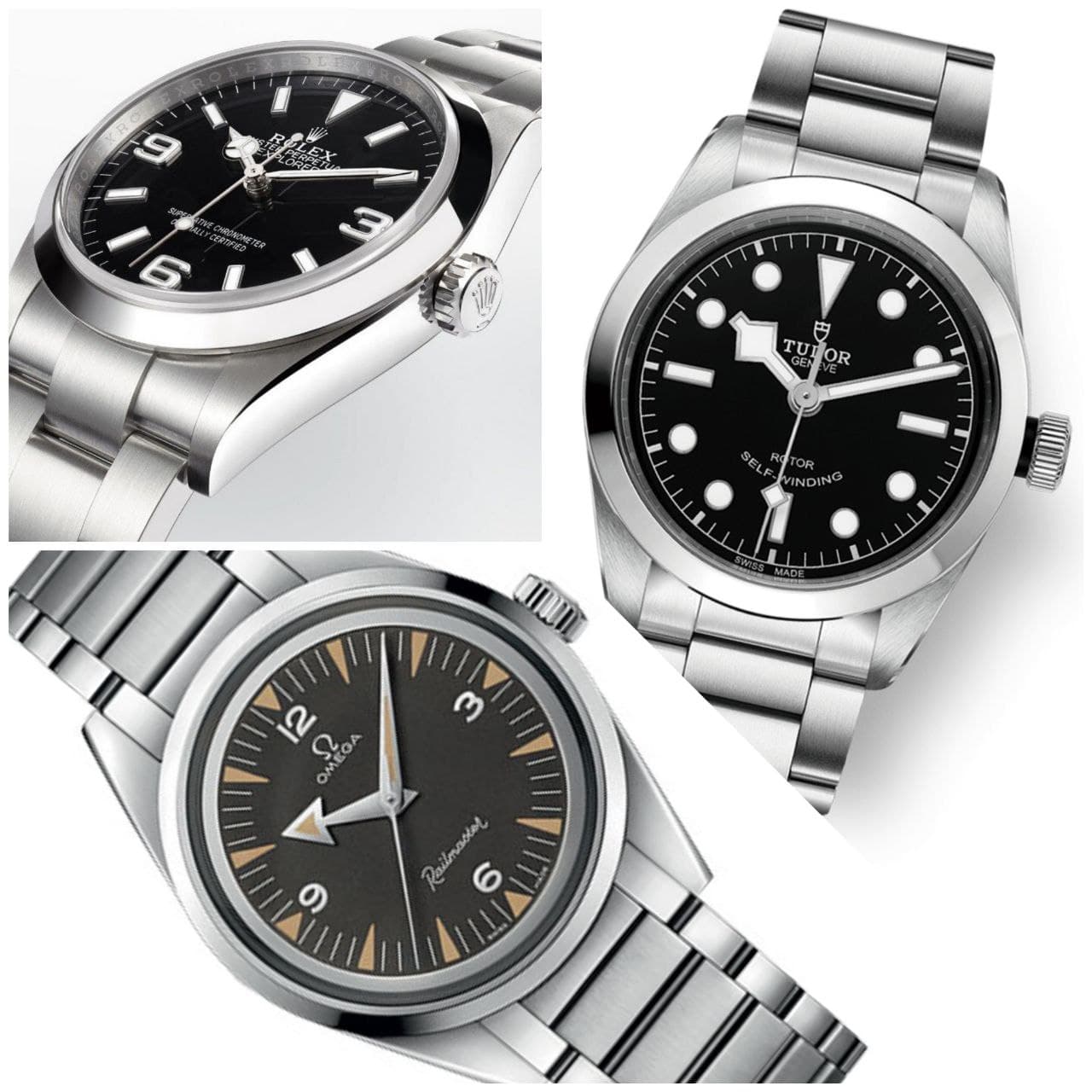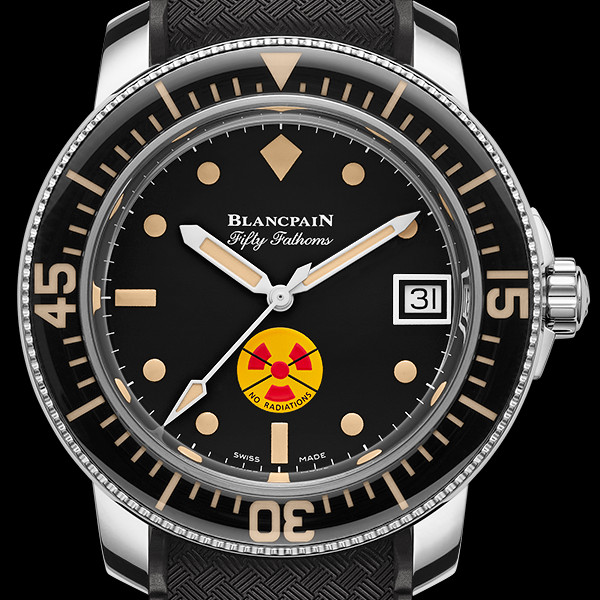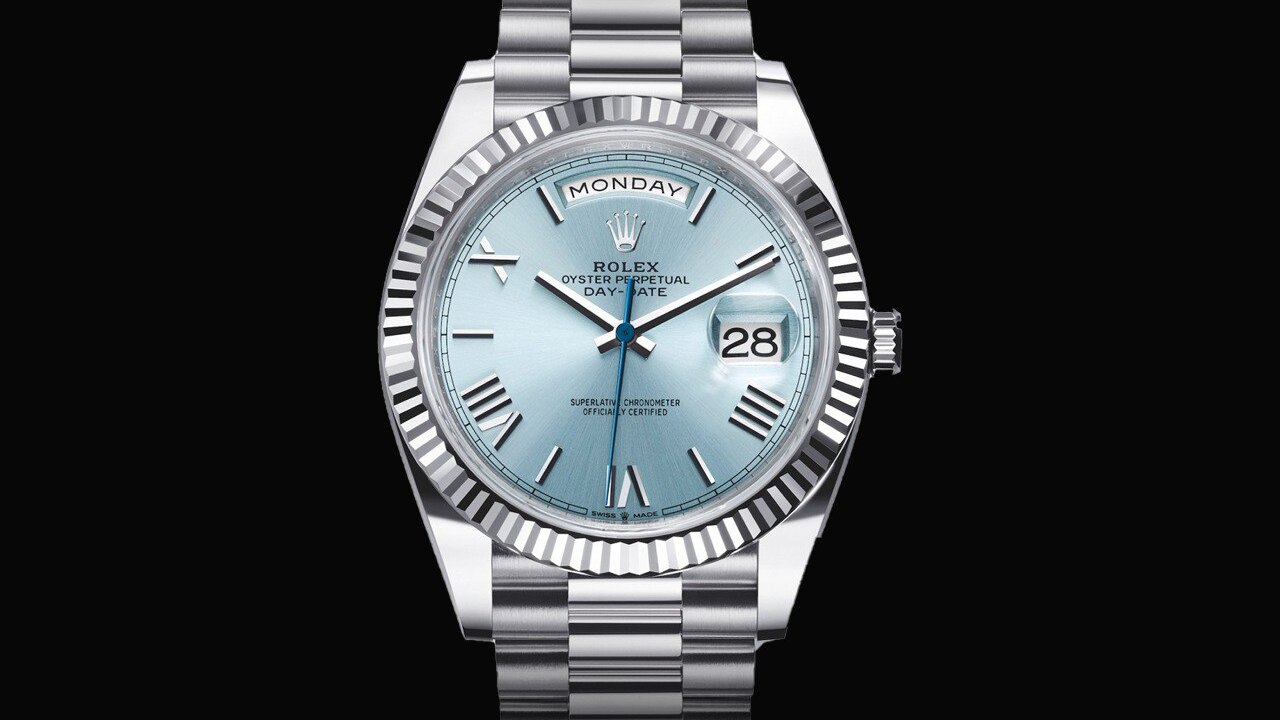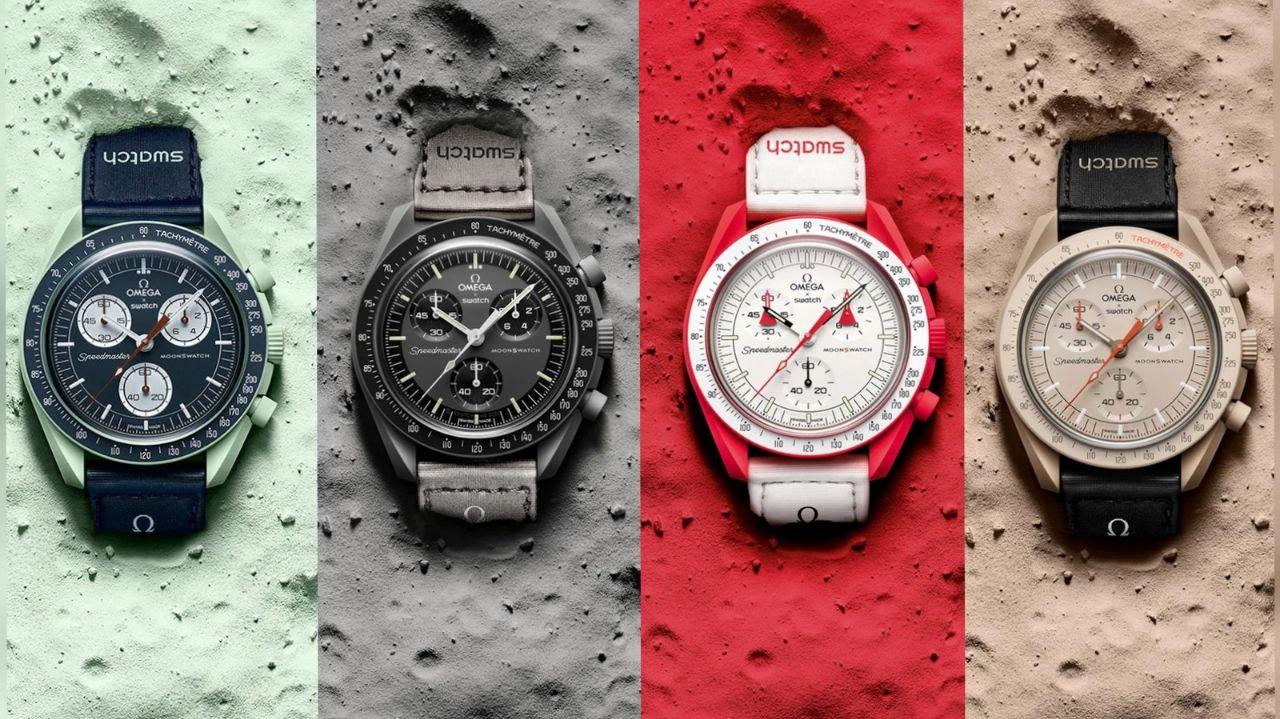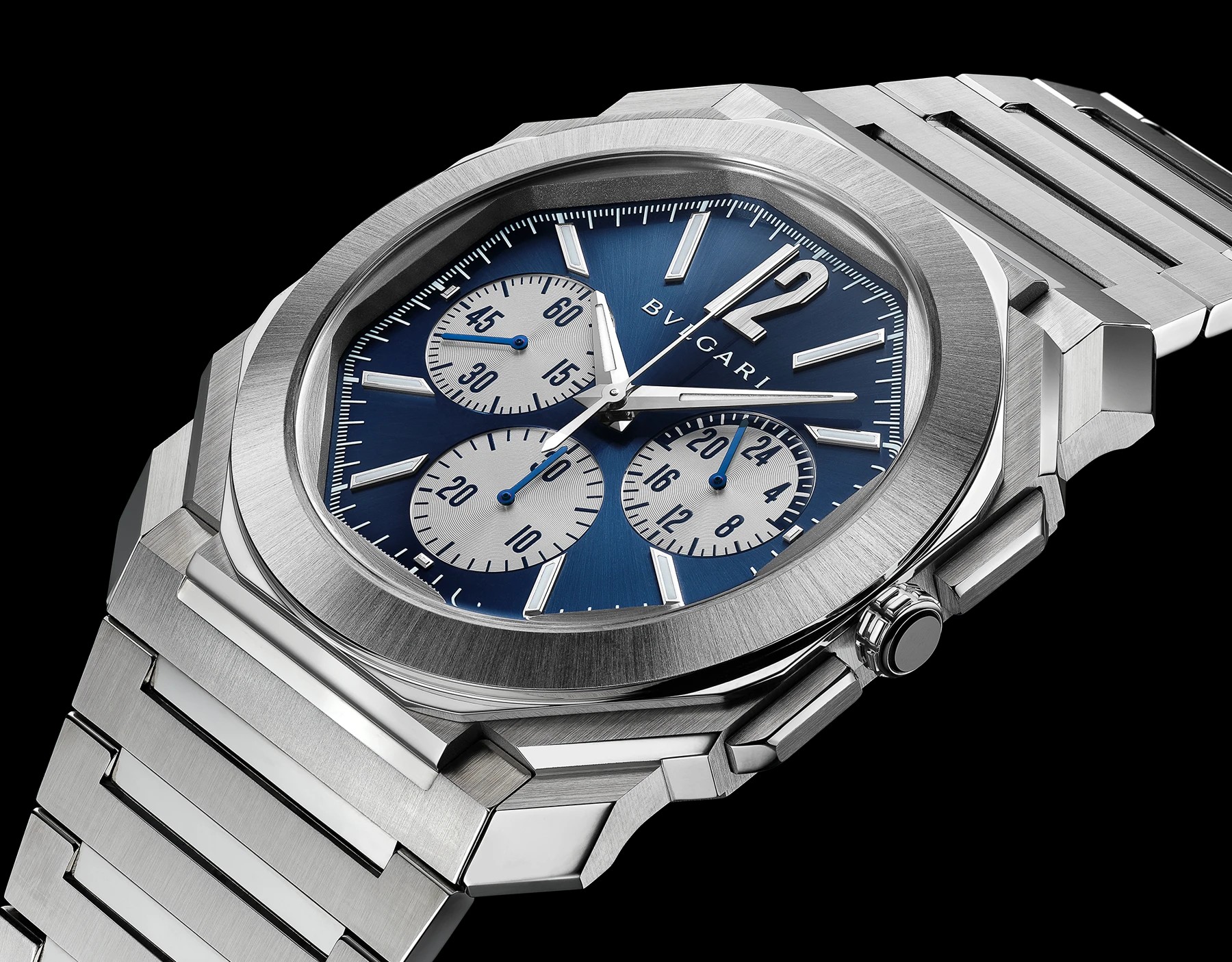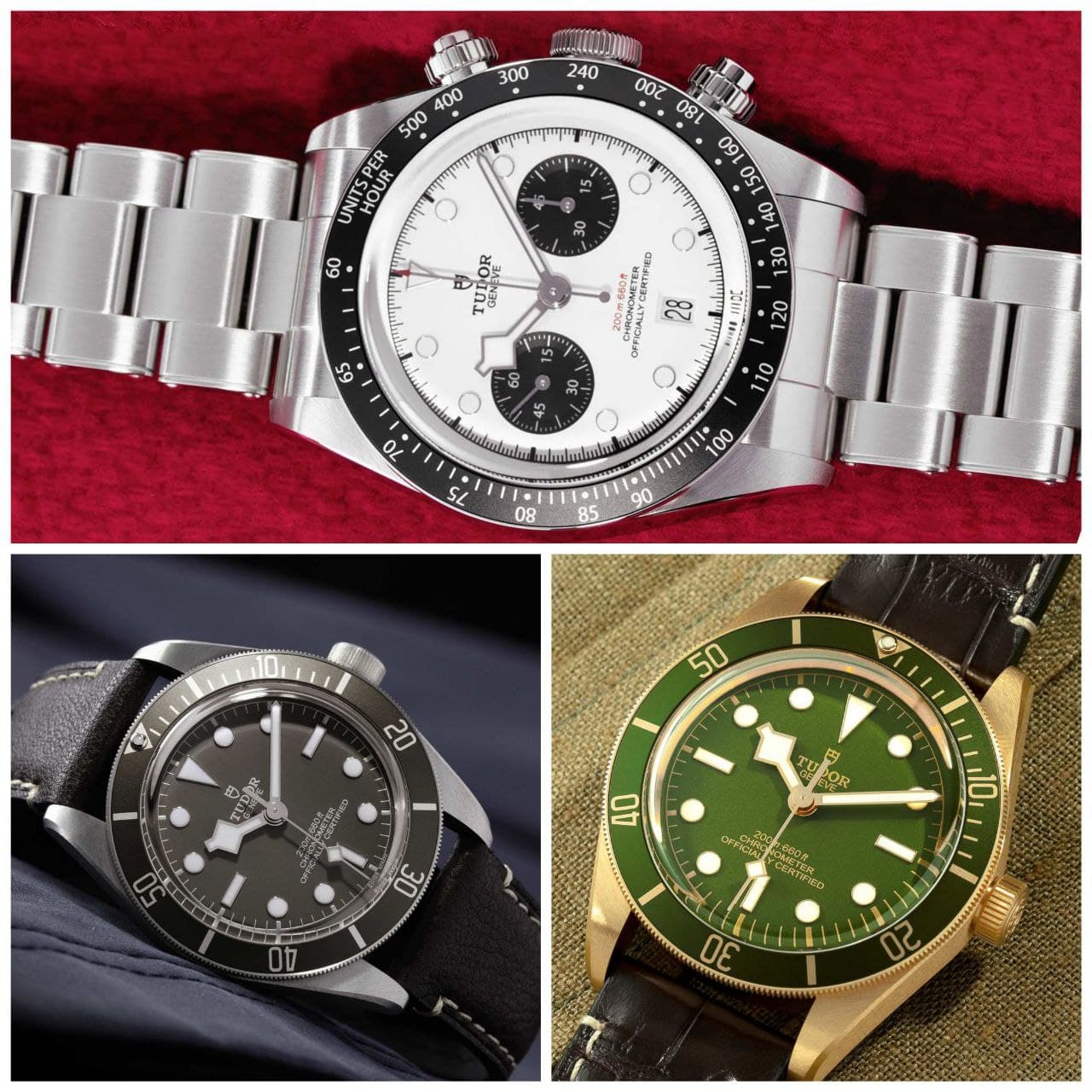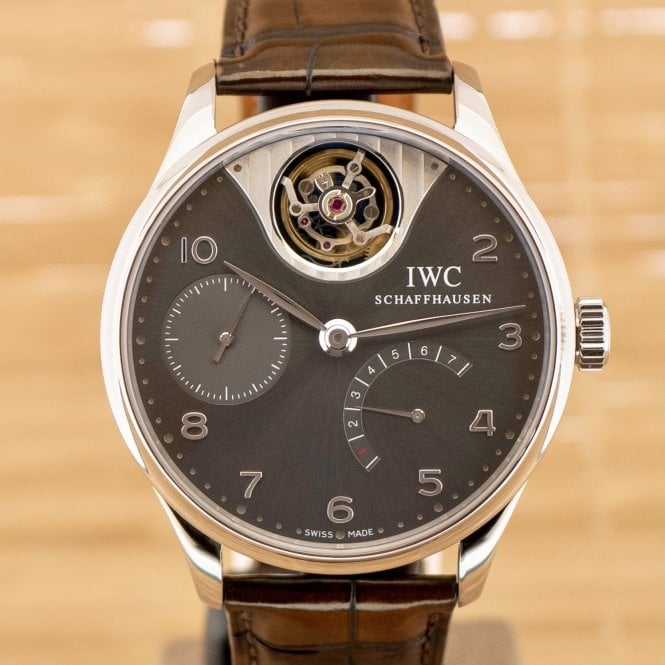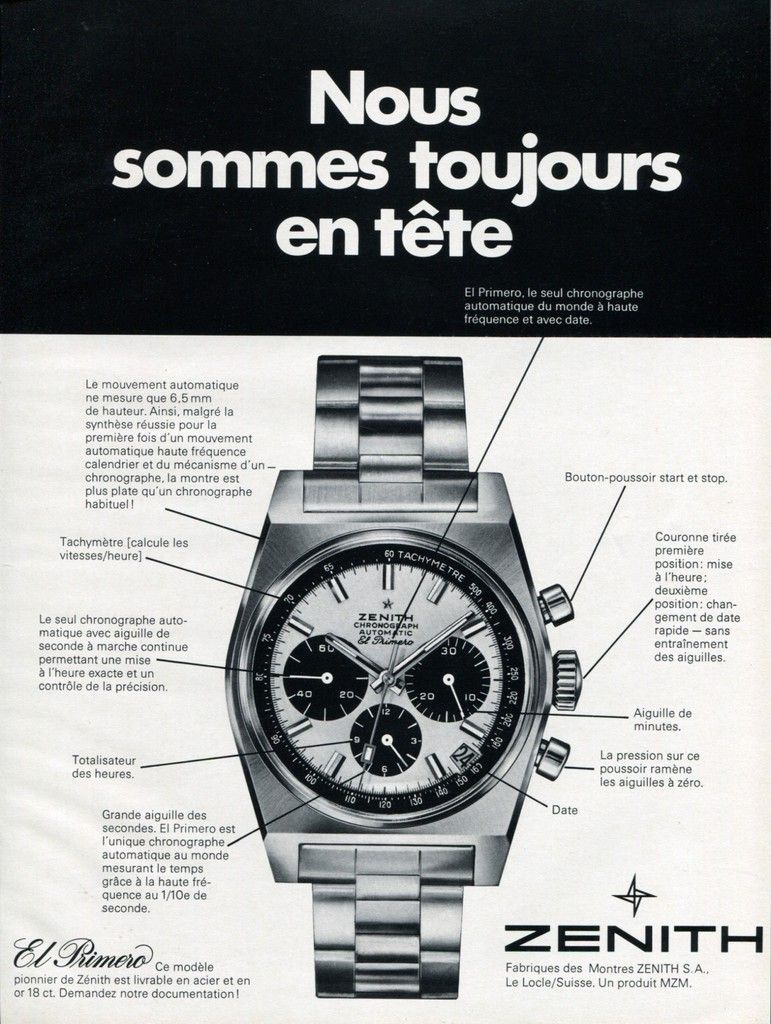Dr. N.
We all use watches with the dial divided into twelve one-hour sectors, with sixty one-minute subdivisions for each hour. But for what reason do we use this system? After all, in the rest of our measurements, we have learned to use the decimal system: to measure distances, weights, prices, we think in base ten. Our everyday mathematics is all in base ten, while to measure time, and only for that, we work in duodecimal base and its multiples - twenty-four hours, sixty minutes -.
To find out the reason for this strangeness we have to go back a little ...
Ten, twelve or sixty?
The most immediate and natural way to count is to use your fingers. One number, one finger. This system is at the origin of the Roman numeration: the symbols I, II, III are respectively one, two and three fingers raised; the V represents a hand with five fingers, the X - the number ten - two hands.
But using a finger for a number isn't the only way to count with your hands. A method used in the ancient world and still used today in some regions of Asia is to touch the inner part of the phalanges of the other fingers with the tip of the thumb. Since the index, middle, ring and little fingers each have three phalanges, with this system it is possible to calculate up to twelve units per hand.
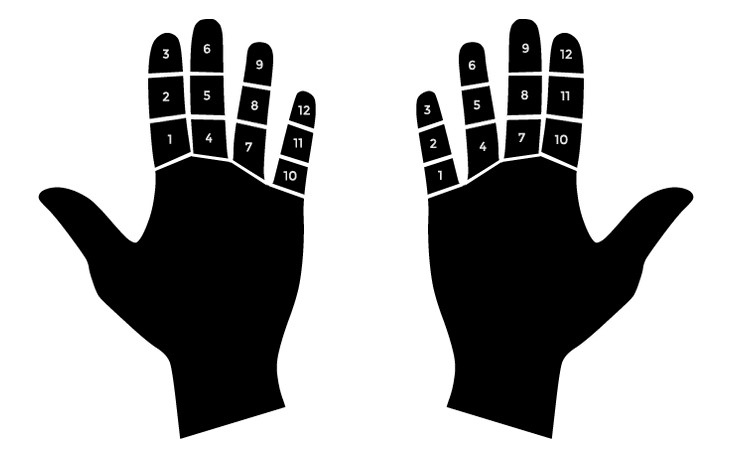
Working in base twelve instead of base ten has an important advantage. Twelve is in fact divisible by two, three, four and six - besides, obviously, that by itself and by 1, but this is the property of any number -. Being able to divide the unit of reference in many different ways is very useful, for example, when calculating partial sums. If I asked you what a third of a euro plus a quarter of a euro is, it would take you a while to answer "fifty-eight cents rounded down". If, on the other hand, I asked you how many eggs make a third plus a quarter of a box of twelve eggs, you would immediately say “four plus three, therefore seven eggs”.
The hour of the Sumerians
The first to count in base twelve were the Sumerians, inventors of writing and therefore the first historical civilization: the distinction between History and Prehistory in a given place, in fact, is given from the moment in which events are recorded with writing. The Sumerians, versed in Mathematics and Astrology, chose the duodecimal system.
Once the base twelve has been established as a method of computation, we see the numerous links with the passing of time that it presents. L'year has twelve months, to begin with.
Divide the day - i.e. the daily period between sunrise and sunset - in twelve hours it is very practical. Not surprisingly, this Sumerian system remains in use until very recent times: the night, still in the Hellenistic, then Roman and even medieval times, is simply divided into three or four guard shifts for military needs. Although already in the fourteenth century the early watches from tower computanti le briefcase in the day, the common people instead continued to count only the hours of daylight until the French Revolution, when the new system was imposed that starts the day from midnight and ends it twenty-four hours later, at the following midnight, regardless of the time where the sun rises and sets. However, the watches retain the twelve-hour dials, as they result easier to read compared to those divided into twenty-four hours: simply, midnight is considered the beginning of the day.
Hours, minutes, seconds and ... Zodiac signs
Twelve multiplied by five - the number of fingers on one hand - gives sixty: here are the fractions of an hour, sixty minutes, and the fractions of the minute, the sixty seconds. In a year, then, there are little more than three hundred and sixty days: six times sixty. The days of the month are thirty - the months of thirty-one, twenty-nine and twenty-eight days are innovations of the time of Caesar -, half of sixty.
Impossible not to mention, given its centrality in ancient cultures, the astrological aspect. Astrology was, until not many centuries ago, a field of study of great importance, considered to be related to every area of human activities. Just think of medieval texts such as theAstrology Judicial by Pietro d'Abano, on the basis of which the powers of the Courts were divided, each associated with a certain category of litigants - peasants, merchants, foreigners, etc. - and with a certain Saint, Planet and even an animal symbol of a certain activity work: traces of this complex, refined and fascinating world remain, for example, in the medieval frescoes of Palazzo della Ragione, the ancient Court of Padua. Fundamental in astrology are the constellations crossed by the Sun in its apparent motion during the year, which are given the name of zodiac signs. Again, the number twelve occurs: twelve constellations for twelve signs in the twelve months of the year.
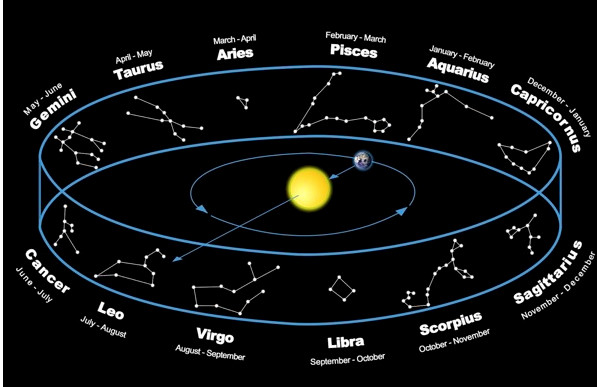
Why is the watch round?
We have seen the reasons why we calculate time in twelve and multiples - twenty-four hours, each consisting of sixty minutes, each divided into sixty seconds - and why clock faces are divided in the way we are familiar with.
But why choose to use a circumference instead of, for example, a graduated line to mark the time? After all, the earliest clocks are tower clocks, and employing a cursor along a straight vertical line would have been easier technically than transforming the downward motion of a bound weight into the rotating motion of the hands.
The reason why we decide to measure the passage of time using circumferential subdivisions is intuitive when we consider that the circumference is made up of 360 °, that is a multiple of sixty and twelve. On the same circumference, it is possible to mark both the twelfths - the hours - and the sixtieths - the minutes and seconds -. To say it seems complex: but it is what we see every day when we look at the face of a clock!
If you liked this article, subscribe to the Chronosect Newsletter (at the bottom of the home page) and read our Shops!


